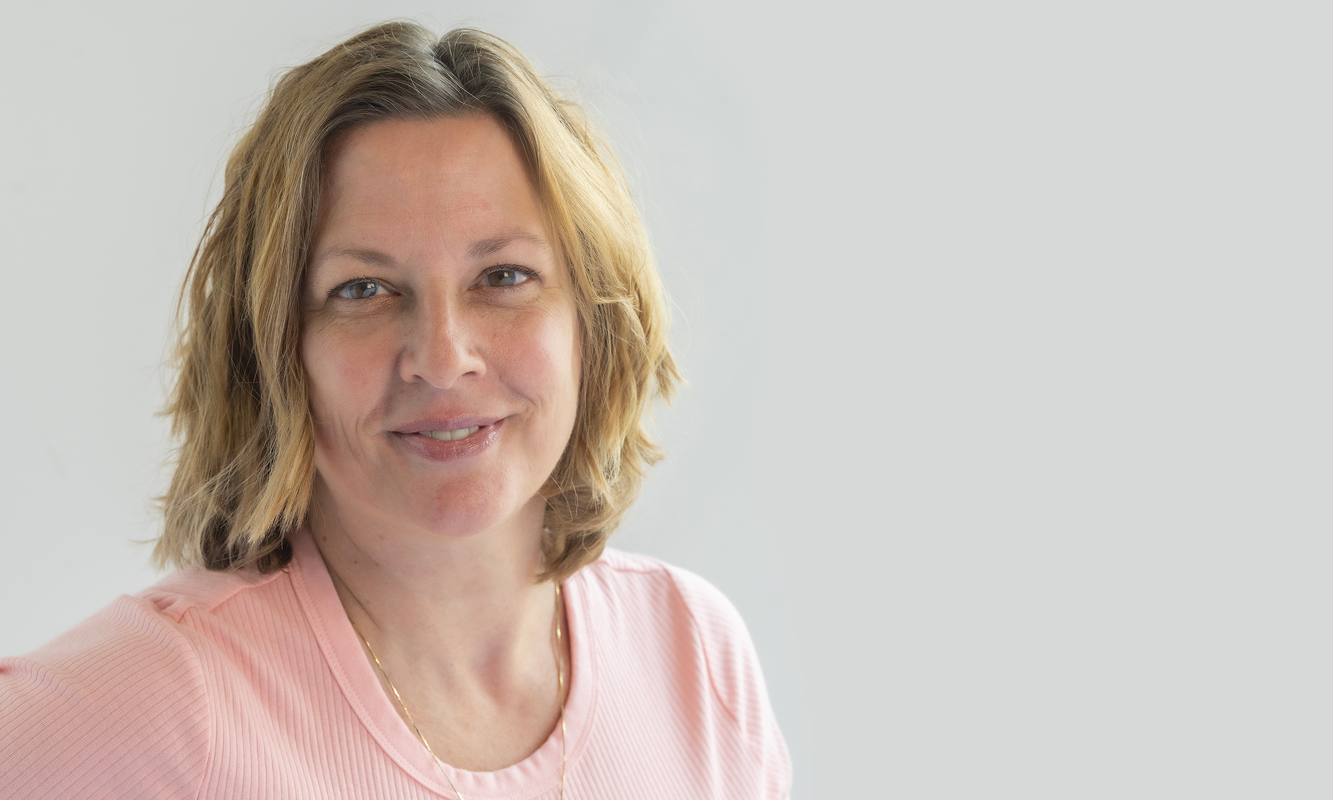Most of us go to work and don’t give much thought to the building we work in, the email account we use or how our paycheck magically arrives in our bank account every other week. Yet these are just a handful of the many things that must work for us to do our jobs.
“Think of an iceberg. Most of us only see the tip and don’t realize all that happens under the surface,” said Kari Solem, Guild’s new Vice President of People, Space and Technology.
As her title suggests, Kari’s job is to integrate these important areas of infrastructure and make them as efficient and responsive as possible, so that staff can focus more of their attention on their work.
“Guild does vital work, so we need to make sure employees don’t spend time on issues like fixing a printer or getting the parking lot plowed,” Kari said. “By making our HR, facilities and technology operations work more efficiently together, we can have a greater impact and better serve clients.”
The “iceberg” Kari describes encompasses a lot of activity, from how the organization recruits, trains and retains employees to how its offices and residential facilities are operated and maintained to how employees use software to manage their work.
As a 20-year HR veteran, Kari is just the leader to meet the challenge. Prior to Guild, she held senior roles at Onto Innovations, Minnesota Epilepsy Group, and the Science Museum of Minnesota. “I’ve worked at for-profits and nonprofits, and at publicly traded, privately held and employee-owned companies. So I have a broad broad base of experience,” she said.
“People” is the biggest challenge Guild faces in 2022. “We are challenged to find enough qualified workers to fill open positions,” she said. “There simply aren’t enough fish in the pond. But rather than focusing on the limited number of available candidates, we are working to grow a larger pool of candidates.”
In spite of the current difficulties of filling openings – particularly positions that are subsidized by the Federal government – Kari is planning for a future in which Guild provides services to many more clients. “We want to help many more people in the future, maybe a thousand times more.”
That’s a big shift in scale. And it will require solving the hiring crisis. Kari’s team is beginning to roll out programs that will help with recruitment and retention, including referral bonuses and internal education and training programs. She recently oversaw the restructure of what had been called the “personnel policy” and is now a more user-friendly “employee handbook.”
Kari says this is a small example of what’s called “employer branding,” an increasingly common practice in larger organizations. “It means helping employees gain a better sense of the organization’s mission and values,” she said. “The idea is that If you want employees to pass along job opportunities, they need to have a really clear sense of who Guild is and what it stands for.”
Employees who feel strongly about where they work are more likely to recruit others to work there. “Recruitment is no longer HR going to job fairs, although we’ll do that. It’s everyone using their network to share the good news that this great organization is looking for smart, dedicated people,” she said. To that end, Guild is looking to help employees become more effective in building their personal networks, something that can benefit them whether they stay at Guild or move on.
Long term, improving the staffing situation will require something more tangible–money. Guild and similar organizations will need to be able to provide mental health workers with higher pay than the industry currently offers. Kari points out that Medicare and Medicaid reimbursement will need to be supplemented with additional funding and that “the government will need to realize there’s a crisis and increase their salary allowances for mental health practitioners.”
Thanks to her experience, Kari remains optimistic. “One of the benefits of experience is that you’ve seen cycles. So you know the pendulum swings both ways.”
Even as they work on recruitment, training and retention, Kari’s team is also looking to modernize Guild’s IT operations. “A good example is software, where we have multiple software systems we use. It’s not efficient or sustainable,” she said.
Kari acknowledges that enacting these kinds of changes isn’t always comfortable or easy. “But we’re eager to work with employees to learn new and hopefully more effective ways of doing this vital work.”
That means if Kari does her job right, everyone will have better training and tools and will have more time to focus on clients. “Everything we’re working on is in service of people,” she said. “We want our people to have a consistently better employee experience because they’ve got the training, facilities and tools that lets them focus on clients.”

